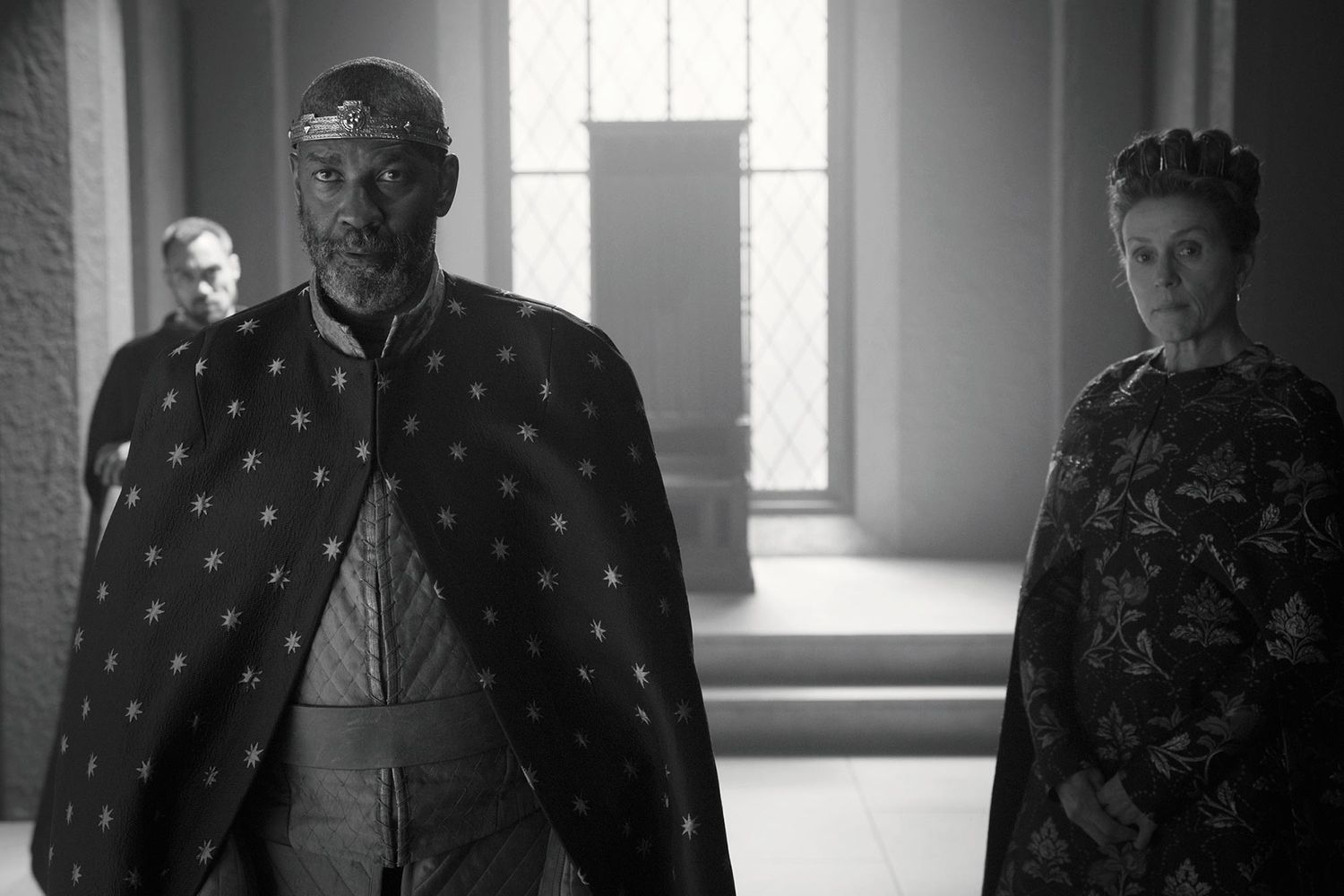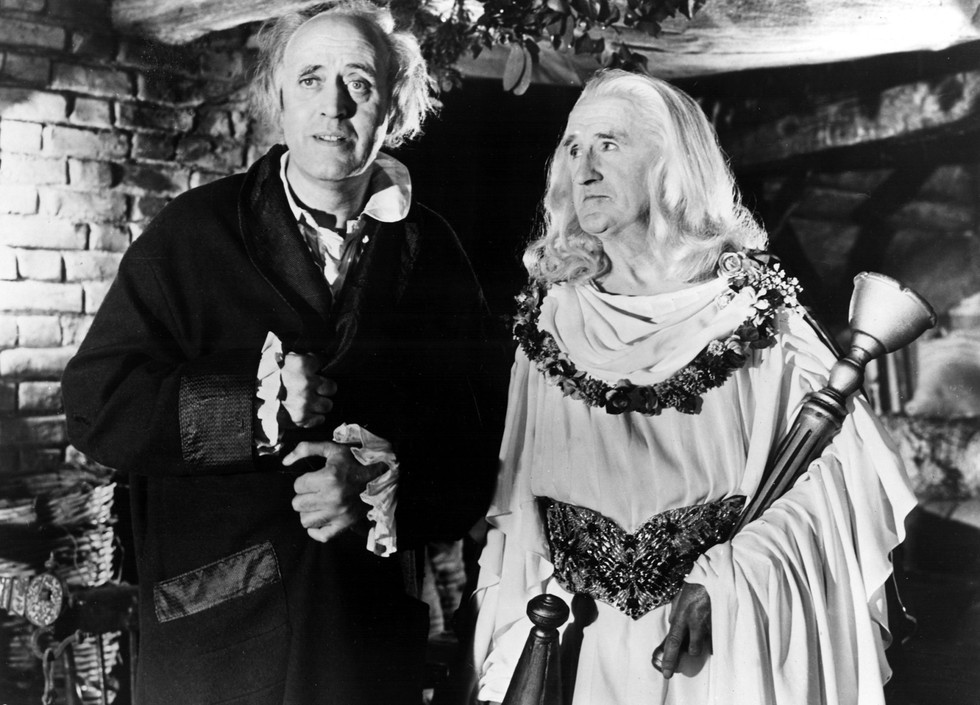
A Gift to the Future
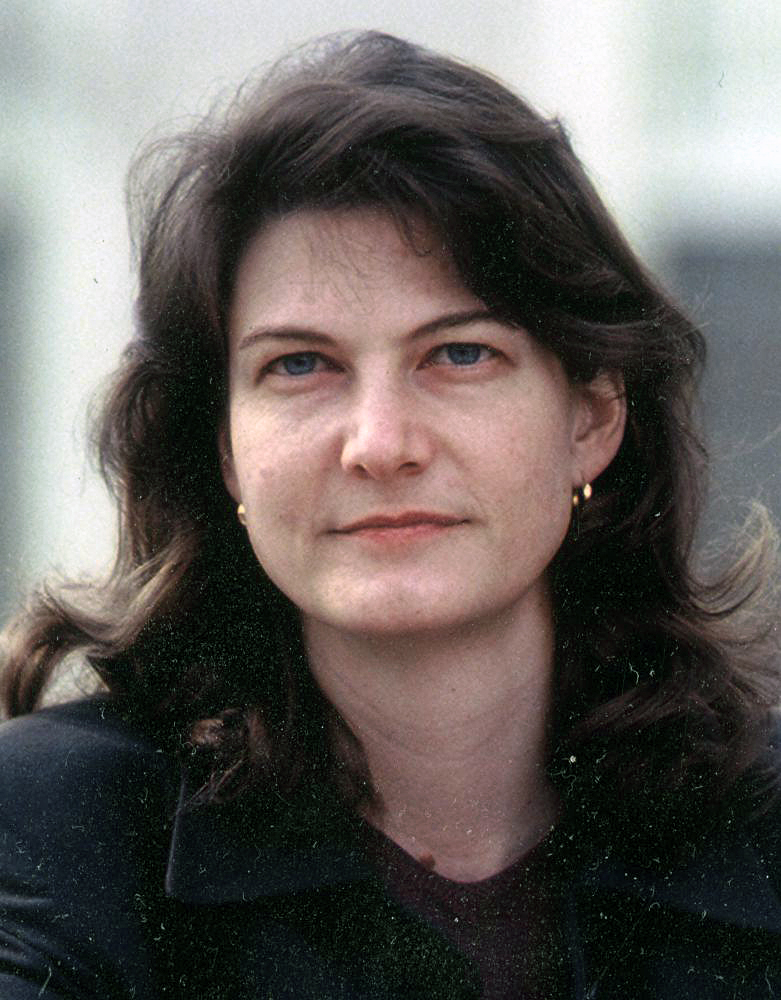
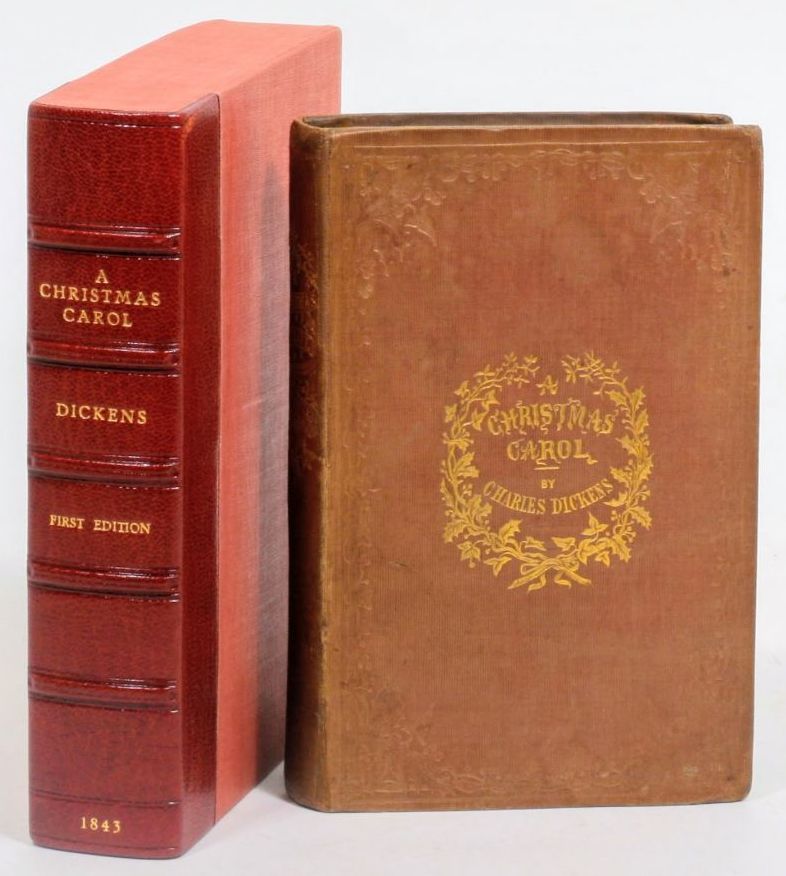
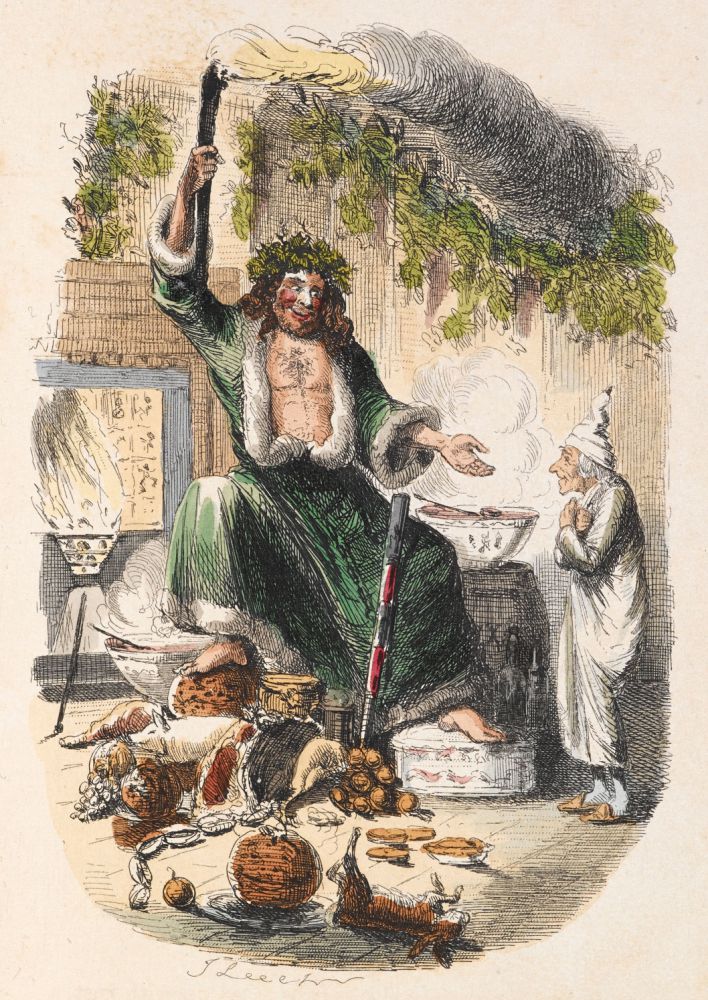
When the holidays roll around you can count on one thing: You’ll see yet more repackaged versions of Charles Dickens’s “A Christmas Carol.” Theater, books and especially film have churned out hundreds of adaptations since the 1843 novella swept through Victorian England.
The latest film inspired by Dickens’s classic, “The Man Who Invented Christmas,” takes a fanciful look at how the author might have conjured his characters. The provocative title raises the question: Did Dickens really invent our Industrial Age Christmas?
Janis McLarren Caldwell, a UC Santa Barbara associate professor of English who studies Victorian literature, said the notion isn’t as outlandish as you might think. “Well, that’s a hyperbole worthy of Dickens himself, but there is some truth to it,” she said.
Caldwell noted that when “A Christmas Carol” came out, Great Britain and the U.S. had Yule traditions we recognize: church services, gifts, feasts, wassailing, charitable giving and even Christmas trees, which were recent imports from German practice.
“What Dickens did was to detail lovingly those homespun family celebrations, elevating and recommending them to an increasingly skeptical elite class,” Caldwell explained. “He was able to present an inclusive and moveable feast of what he saw as Christmas essentials: open-hearted generosity to those in need, gratitude for whatever one had, forbearance of one another’s foibles, forgiveness of one another’s trespasses, hope of personal and communal re-generation, and joy, especially his own giddy, intoxicated, contagious, Dickensian brand of joy.”
An enduring legacy
It’s clear Dickens’ deep humanity continues to resonate today, 174 years on. Curiously, Caldwell said the author of “David Copperfield” and “Great Expectations” would not be surprised by the endurance of “A Christmas Carol.”
“Yes, Dickens would be ecstatic about all of the dramatic and cinematic spin-offs,” she said. “In fact, I think he sort of knew it would happen. In the preface to ‘Carol’ he writes: ‘I have endeavoured in this ghostly little book, to raise the Ghost of an Idea, which shall not put my readers out of humour with themselves, with each other, with the season, or with me. May it haunt their houses pleasantly, and no one wish to lay it.’ And here we are, still pleasantly haunted by Dickens’s clever little ghost story, which smuggles a serious social message into our Christmas festivities.”
And therein lies one of the keys to the book’s durability, she said: Ghosts never die, and “A Christmas Carol” lives on as a carefully wrought synthesis of ghost story and contemporary tale of spiritual renovation.
“He makes just enough reference to the Christian story to satisfy his Victorian readership,” Caldwell said, “but it’s all very oblique (the narrator reminds us that the ‘Founder’ of Christmas ‘was a child,’ and Tiny Tim hopes that as a cripple he’ll remind people of the one ‘who made lame beggars walk and blind men see’), so presumably he’s trying to reach out to the widest possible audience. Dickens loved a big tent, and I think he knew he was inviting the future into it.”
A song of hope
The other clue to the book’s longevity, she said, is its title. It’s a “carol” — what she described as “musical gifts performed for neighbors, part ritual, part oral history … that help to preserve them in the collective memory.” Dickens divided the book into “staves” (musical staffs or verses) that mark the progress of Scrooge’s journey from miserly misanthrope through the past, present and future. In Stave Five, Caldwell said, we find Scrooge “utterly transformed, modulated to an entirely different key.
“The reader or viewer can’t help but make the journey with Scrooge, re-examining her own past, present and future,” she continued. “For many people, watching ‘Carol’ has become a ritual re-enactment of Christmas, so that the story itself is like a musical score which can be sung again and again in a variety of ways. It’s Dickens’s gift-song to future generations.”
Although it might seem that Dickens’s era and ours have little common, Caldwell explained we’re much closer than we might think. “Carol” debuted in the grip of the “Hungry Forties,” when Prime Minister Benjamin Disraeli declared the kingdom was divided into “two nations between whom there is no intercourse and no sympathy; who are as ignorant of each other’s habits, thoughts, and feelings, as if they were dwellers in different zones, or inhabitants of different planets. The rich and the poor.”
If it sounds familiar, it should, Caldwell said. “We Americans are experiencing a similarly yawning economic gulf between the rich and the poor,” she explained. “Commercialism, Dickens’s ‘principal of Gain,’ seems to rule our public life, and advertising media are burrowing more deeply into our private lives. I’d go so far as to say that most of us exhibit varying degrees of modern cynical Scrooge-ism. We need this story.”
The blueprint for Christmas
Finally, Caldwell notes that Dickens is sometimes faulted for depicting social ills as individual and intractable, a bleak perspective that she finds odd because he was a forceful political activist.
“If it’s true that his fictional art focuses on the personal, it’s because he was convinced that lasting, effective change springs from the human heart,” she said. “He also believed that a re-born heart leaps willingly into community, and that community generates an experience of abundance when its members share even the most meager resources.
“Whatever the limitations of that vision,” Caldwell continued, “Dickens wrote a haunting song about it, with a score that has become a durable rite, a sort of template for ‘doing’ Christmas as a practice. In Dickens’s book, the ghosts of past, present and future coax us, verse by verse, to recover our childhood belief in imaginative possibility, to take a hard look at the injustice nearest us, and to re-commit to whatever it is we want to stand for, whatever might survive our individual lives. Not a bad to-do list for the holiday season.”



